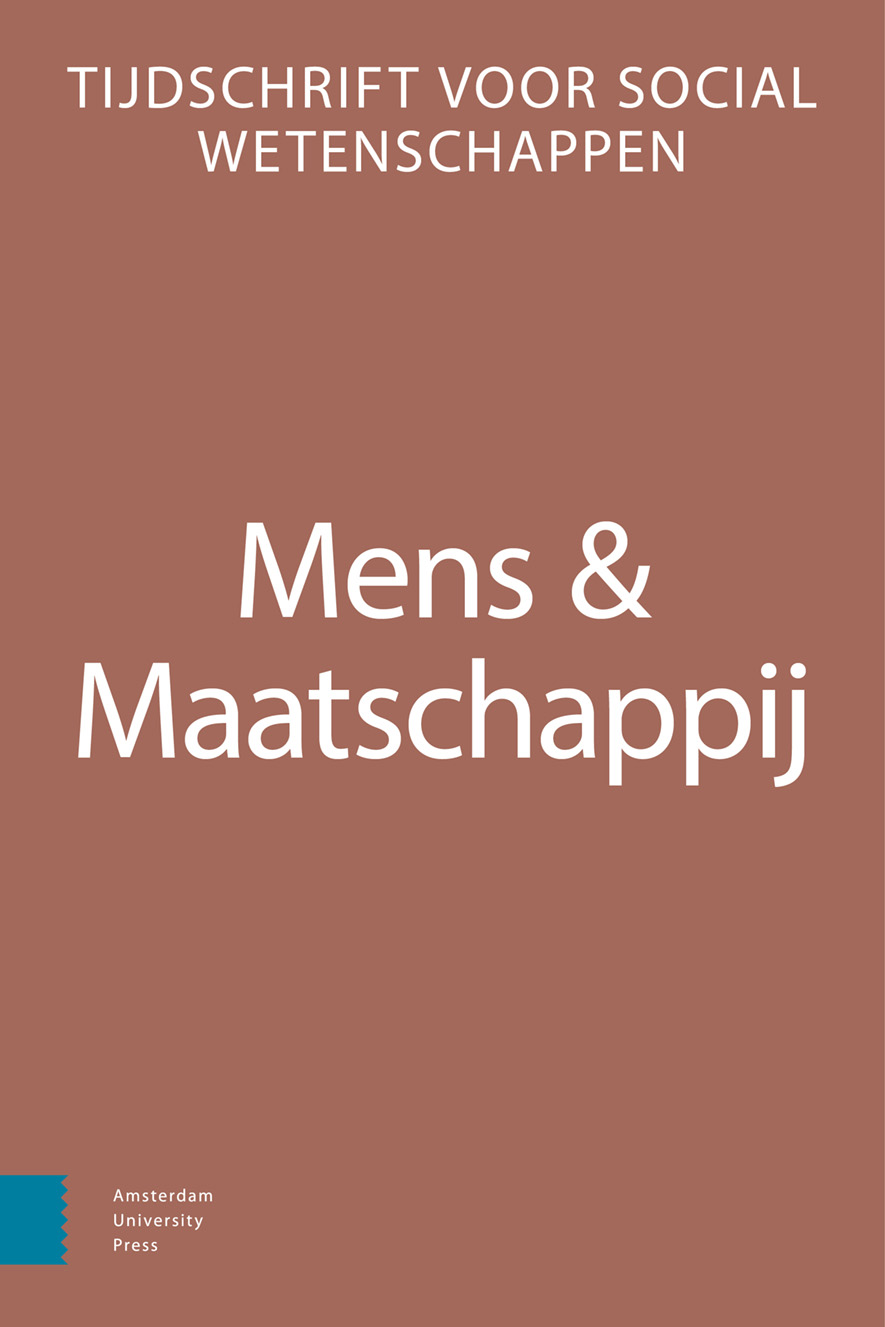-
oa Interorganisationele samenwerking in de publieke sector - Een casestudie naar een netwerk van organisaties rond criminele jongeren
- Amsterdam University Press
- Source: Mens & Maatschappij, Volume 88, Issue 2, Apr 2013, p. 206 - 232
Abstract
Interorganizational collaboration in the public sector. A case study on a network of organizations around criminal youth.
Recently, the municipality of Amsterdam initiated the ‘Top600 approach’ in which more than 30 organizations should cooperate in order to get 600 young violent offenders back on the right track. This article describes the intended and the existing collaborative relationships and investigates which factors affect whether collaboration has come about. Hypotheses are derived from previous American studies on this topic. A social network analysis shows that there are three times as many collaborative relationships between the organizations as intended. And most of the factors that played a role in the American context, also influenced the degree of interorganizational collaboration in the Netherlands (Amsterdam). A history of collaboration and common organization goals – factors that exist regardless of the Top600 approach – are playing a major role. Among the specific policies of the Top600 approach especially the making of agreements on cooperation is effective. Finally, for the frequency of contact and for mutual respect, understanding and trust it is not clear whether they lead to collaboration or whether they are a consequence of collaboration. Most likely they mutually reinforce each other. 1. Inleiding


